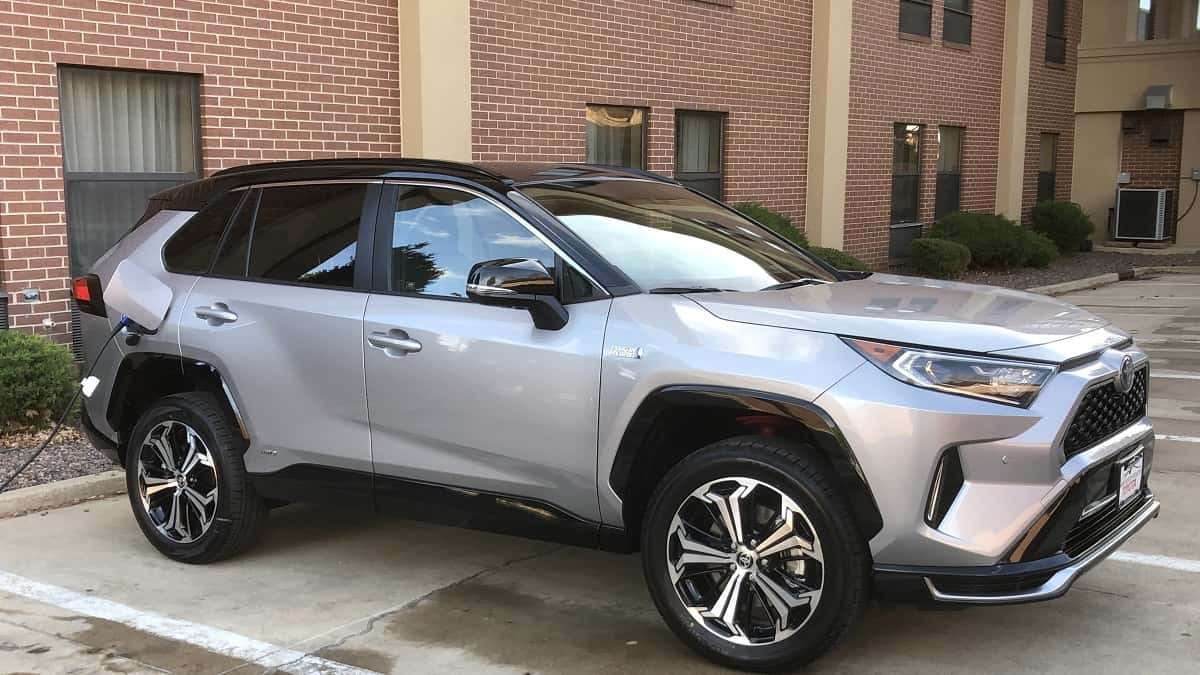SpaceBus
Minister of Fire
The same can be said about regular cars. Besides having a battery pack instead of a tank of explosive liquid, EVs are pretty much the same as ICE cars. Battery EVs are just the new thing and going to get the most media coverage. Also, there are plenty of industries that don't want EVs to take over, so are incentivized to drag them through the mud.It may not die out as fast as some think, the subsidy was from the manufacturer, new ev subsidies are being offered by states, and even utilities for car charging at home, I suspect this is just a flat line then there will be another uptick as more ev's become mainstream. Personally, I'm still not buying into ev's yet, to much unknown for me..whats happens when the useful life is up on the battery? Where does one dispose of it and how much will that cost? What are the insurance implications of parking an ev in your homes garage, should there be a battery fire we are being told at the fire dept that we will need approx 8,000 gal of water to cool the battery pack down and also a secure tow yard to literally bury the car and leave it in the ground for a few days to make sure the remaining heat can get dissipated.
EVs catch on fire at a rate of 25/100,000. Meanwhile 1,530 gas powered cars burned for every 100,000 sold. Both statistically speaking and in raw data EVs are much safer from a fire perspective.



![[Hearth.com] Toyota Rav4 Prime - Great Concept Not so great delivery [Hearth.com] Toyota Rav4 Prime - Great Concept Not so great delivery](https://www.hearth.com/talk/data/attachments/325/325311-645d53570b19063dab916e07d3b4e23d.jpg?hash=1H8lao1Wod)

